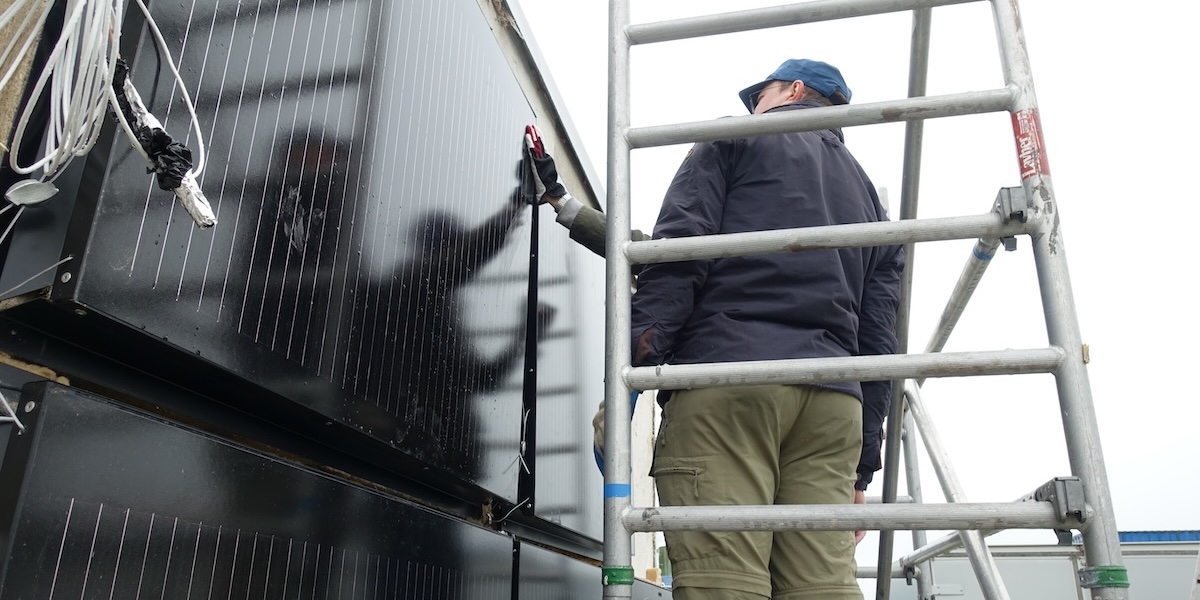
The standard approach to constructing facade-integrated PV systems uses specialized mounting systems to combine solar modules with curtain-style, rear-ventilated facades.
To address this, Fraunhofer ISE and Fraunhofer UMSICHT have developed a facade element that integrates PV, weather protection, and thermal insulation into a single unit.
The institutes said their new system eliminates the need for an additional substructure. The prefabricated elements, measuring 1 meters x 1.2 meters, come in two versions with insulation made from renewable raw materials, such as hemp fibers and mushrooms.
“Both materials are suitable for use in the facade in terms of fire behavior,” said Holger Wack, group leader for building material development at Fraunhofer UMSICHT.
The mushroom material can be produced using agricultural waste, making it highly resource-efficient. Both types of insulation are designed for easy separation from the facade elements to enable recycling.
This integrated construction reportedly reduces material use significantly compared to conventional building-integrated photovoltaics (BIPV). The elements are also quick to assemble and, if needed, can be dismantled individually without affecting neighboring components. A test installation at the Fraunhofer Institute for Building Physics IBP in Holzkirchen, Germany, demonstrated assembly speeds of less than 1.5 hours per element.
The PV facade is now undergoing intensive monitoring for power output, durability, temperature and humidity behavior, and thermal insulation performance. Researchers are also developing a digital process description to ensure proper design and assembly in future construction projects.







